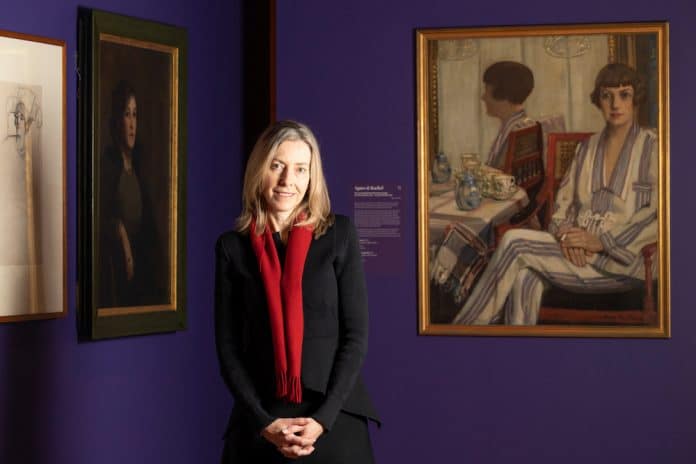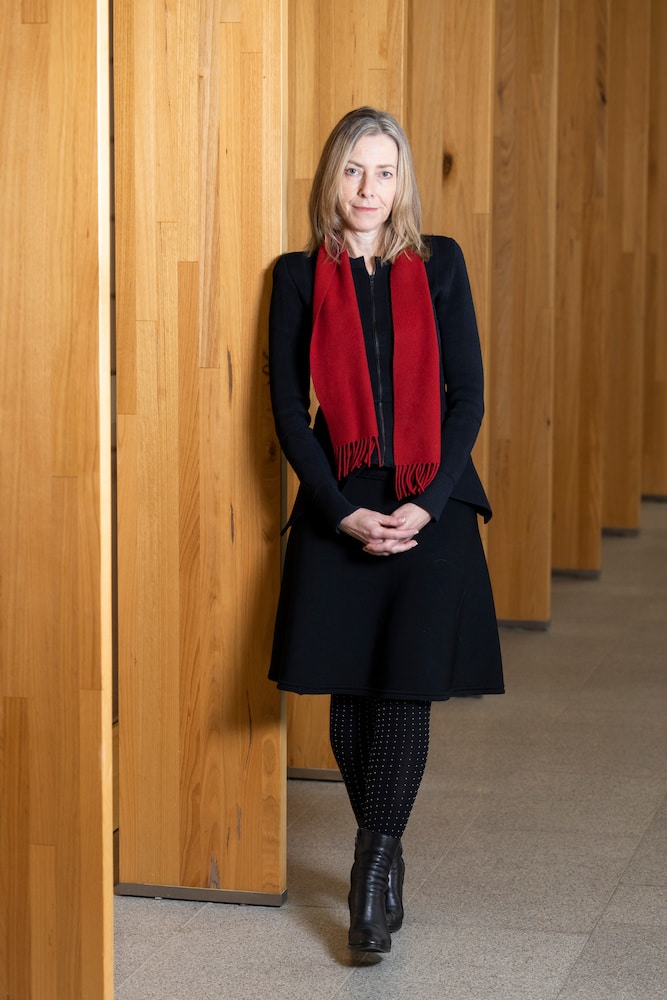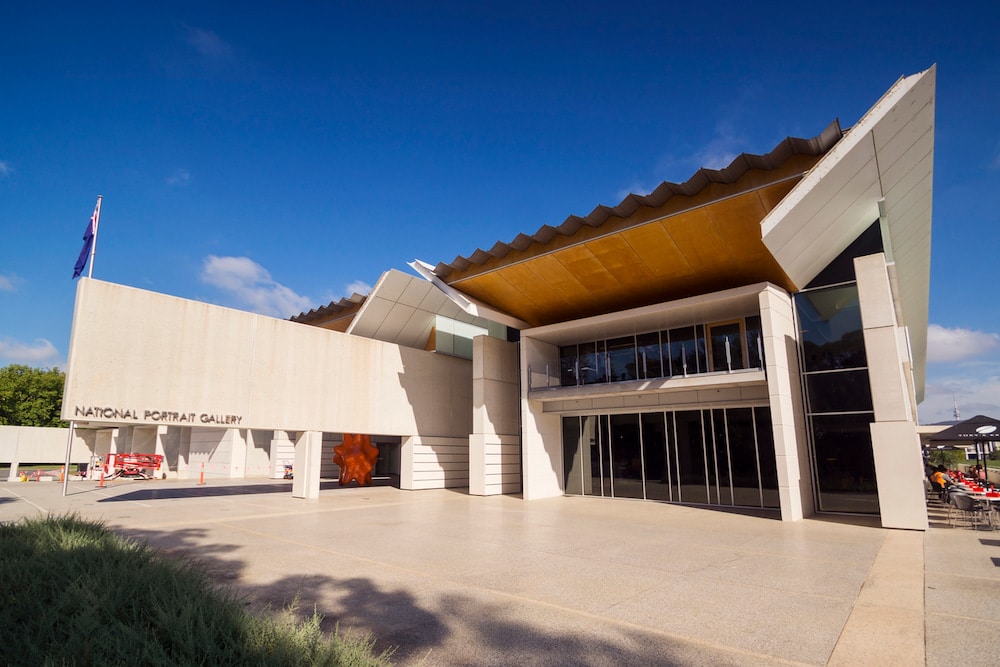
National Portrait Gallery director Karen Quinlan was late last year announced as the new Capital Arts Patrons’ Organisation (CAPO) patron.
Drawn to the role due to the organisation’s volunteer driven nature, Quinlan said she admires the self-sufficient way CAPO operates.
“I’ve always been really impressed by voluntary organisations anyway; I started as a volunteer myself at the National Gallery in Melbourne,” she said.
Quinlan said that CAPO serves a very important function within the “delicate ecosystem” that exists to support artists.
“What’s nice about them is they connect with the business community in order to encourage donations that can then assist artists with their work.
“This opportunity CAPO presents … it’s about creating opportunities for artists,” she said. “That’s why I work in an art gallery.”
Quinlan stepped into the role replacing internationally renowned Canberra artist Patricia Piccinini, who had held the position since 2018.
After the height of COVID-19 restrictions made the travel required for the role unfeasible from Piccinini’s home in Melbourne, Quinlan was sought out as an ideal replacement, locally based and held in high esteem amongst the arts community.
Having lived in Canberra since taking on her role at the Portrait Gallery in late 2018, Quinlan said forging stronger ties to the local arts community was another factor that motivated her to take up the role of CAPO patron.
“I haven’t had a great amount of interaction with the local artist community here yet, but I’m hoping that this will give me a better connection with what’s happening locally here in Canberra,” she said.
“We do have artists in this collection that are Canberra based and we do work with Canberra artists in some of our exhibitions, so this is just another platform for me to be engaged with the broader community.”
From art teacher to arts administrator

Photo: Kerrie Brewer.
Quinlan’s journey to heading up a National Institution started modestly and has been filled with hard work and successes along the way.
Originally working as a visual arts teacher, she took a keen interest in the National Gallery of Victoria’s fashion and textiles collection, which led her to volunteer there.
After some time, she was offered a job with the NGV as an assistant curator.
“I imagined that I couldn’t get a job there but then I did,” she said.
From there, Quinlan joined the Bendigo Art Gallery, initially as a curator before becoming director in 2000, a role she held until joining the National Portrait Gallery in 2018.
While in Bendigo, Quinlan reinvented the gallery by overhauling their program; bringing international and large major exhibitions back into the fold, which she said proved “very successful”.
“I did that for 18 years, which is actually the amount of time it takes for my two children to grow up,” she smiled.
“And then I was approached to apply for this job, and I was ready to leave.
“I’ve always had a strong interest in portraiture in my own research, so this felt like the right time and the right place to come to.”
Portraits tell ‘extraordinary Australian stories’

Since stepping into the role of Portrait Gallery director, Quinlan said she has greatly enjoyed her time in Canberra, despite the stream of external disruptions she faced in her first two years.
The building was closed for essential renovations in April 2019, which saw the Gallery move out of their Parkes premises to Old Parliament House for six months, where the first iteration of NPG took shape back in the early 1990s.
“It was nice for me to be in that building, in its place of origin,” Quinlan said.
After the renovations were completed in October 2019, everything was rehomed before a summer all Canberrans remember – severe bushfires, smoke haze, hail, and then COVID-19 – came through.
“You can dream and dream and dream, but I didn’t really get a chance to follow through on some of the things I wanted to do,” she said.
Since the Gallery’s reopening in September 2020, Quinlan is now at the point where she feels it is “really starting to get somewhere”.
“It has been a bit of a stop-start, stop-start, but I feel like we have the potential now to really reimagine some of the program and start to really push the boundaries, which is something I like doing with galleries.
“So it’s exciting; change takes time.”
“The portraits speak to you, they are really accessible, and they tell extraordinary stories about Australians.”
Karen Quinlan
Looking ahead, Quinlan is keen to forge relationships with other national portrait galleries around the world, while also building ties domestically with state galleries and contemporary Australian artists.
“I’m working with the historic and the contemporary, Australian work and global, and hoping that with the continuous rehang of the collection, we continue to explore what we have here and present it to the public,” she said.
Something that has stood out to Quinlan since taking on the role is the affinity people have for the institution.
“People love the Portrait Gallery,” she said.
“It’s a really nice building, it’s easy to get around and you can see everything and, of course, the portraits speak to you, they are really accessible, and they tell extraordinary stories about Australians.”
And over the last two-and-a-half years she’s grown quite fond of it too.
“It’s an absolute delight to be able to work in an institution like this,” Quinlan smiled.
For more entertainment:








